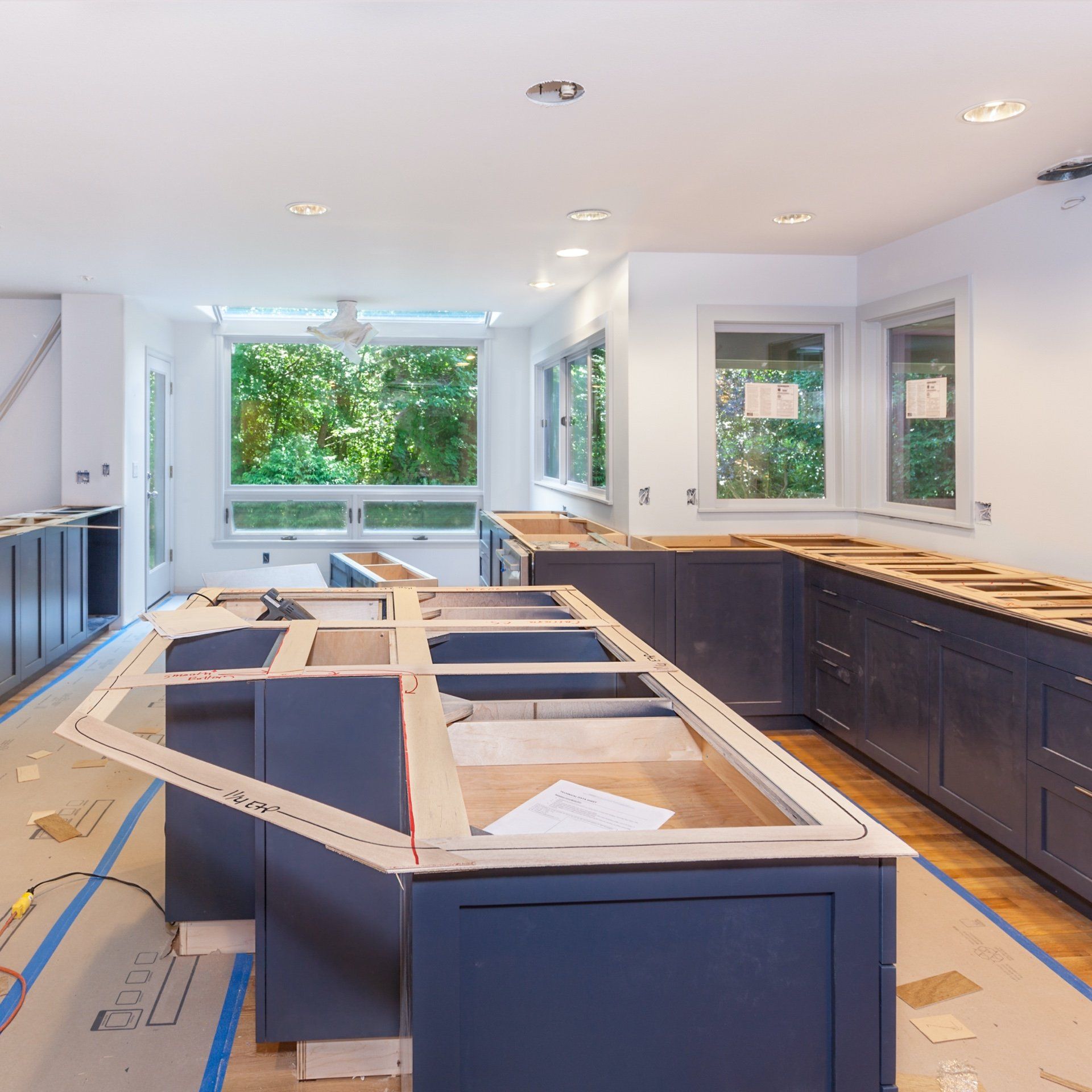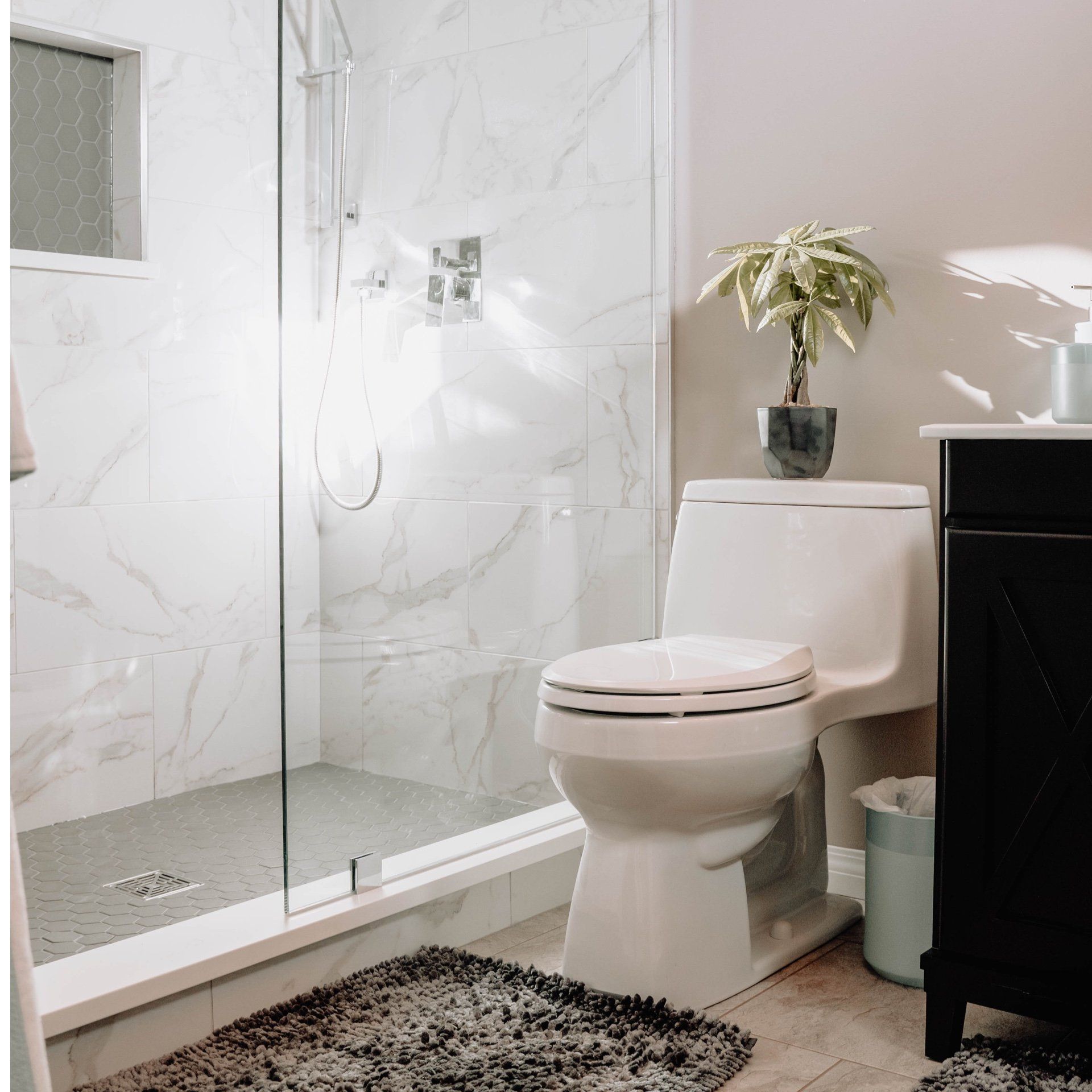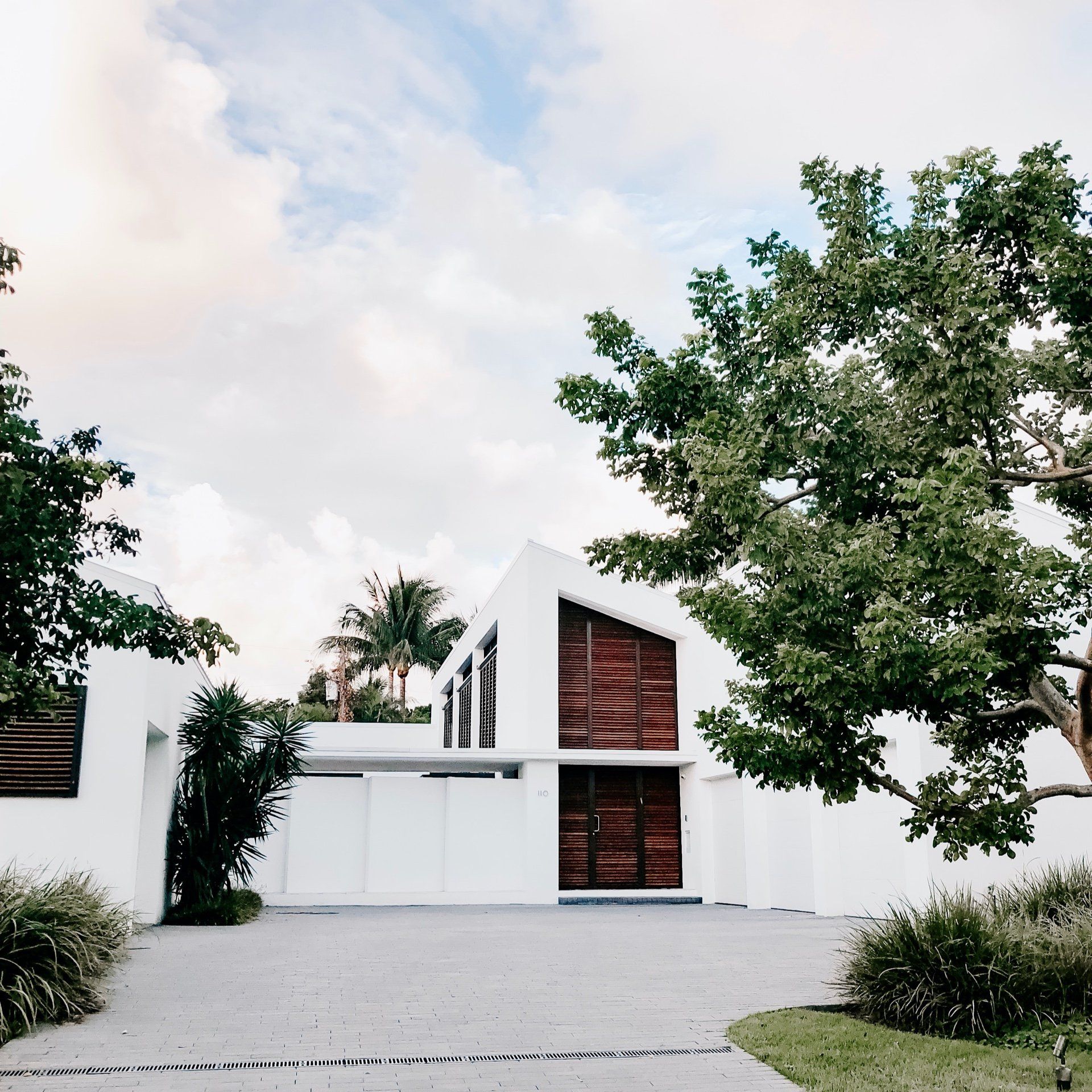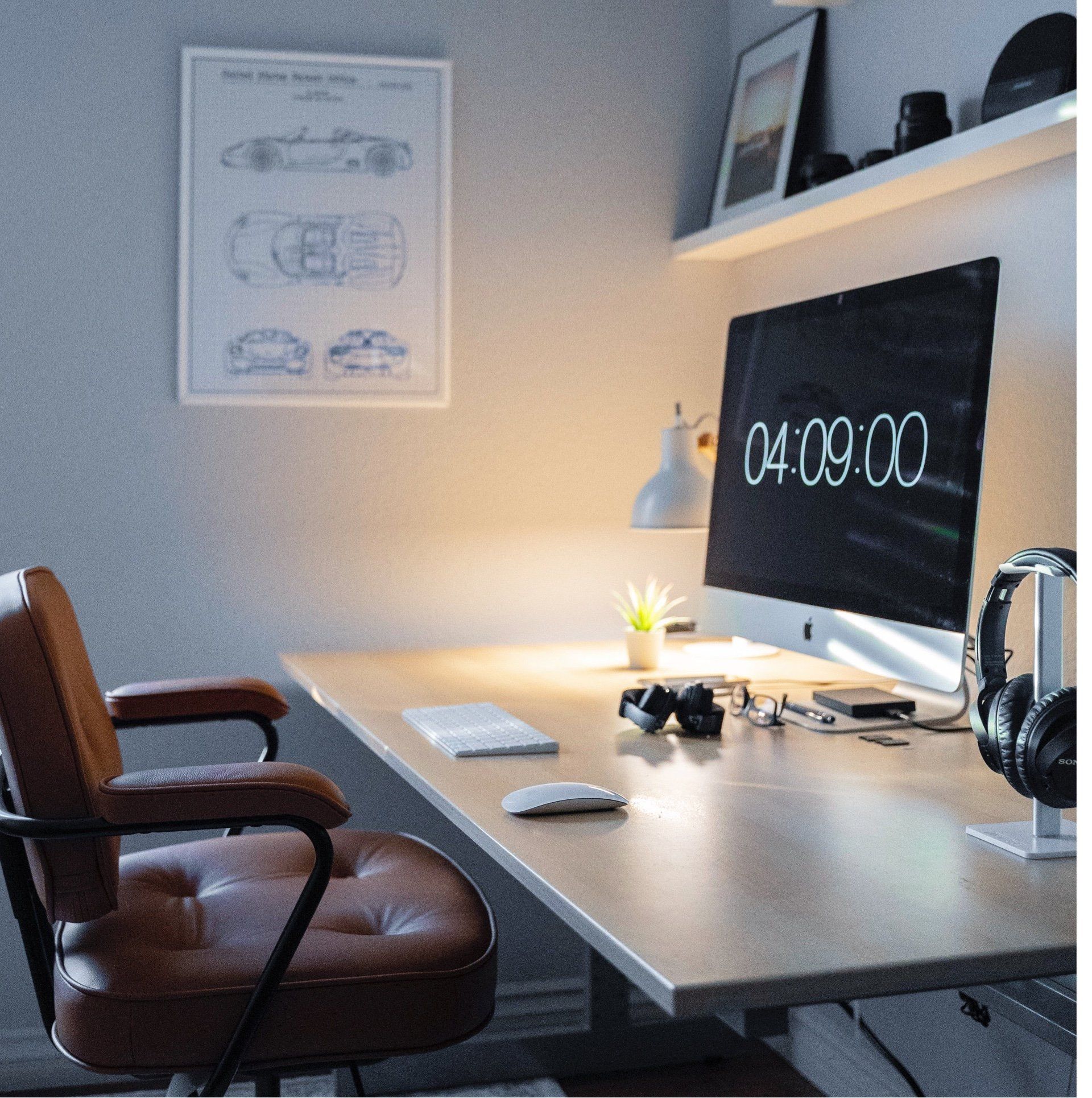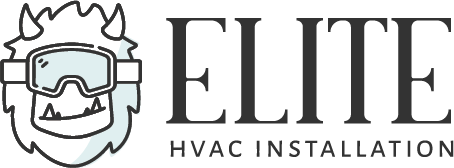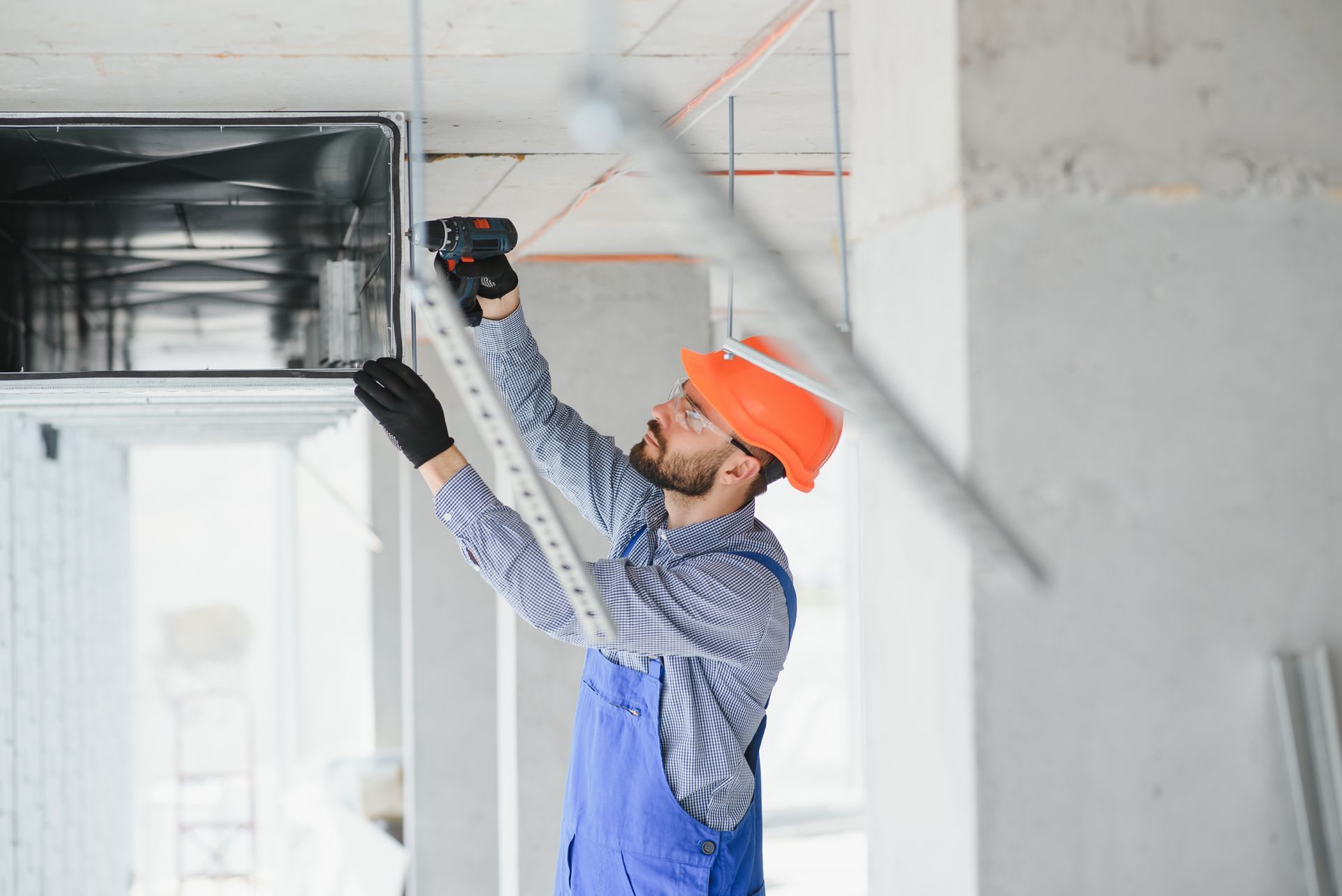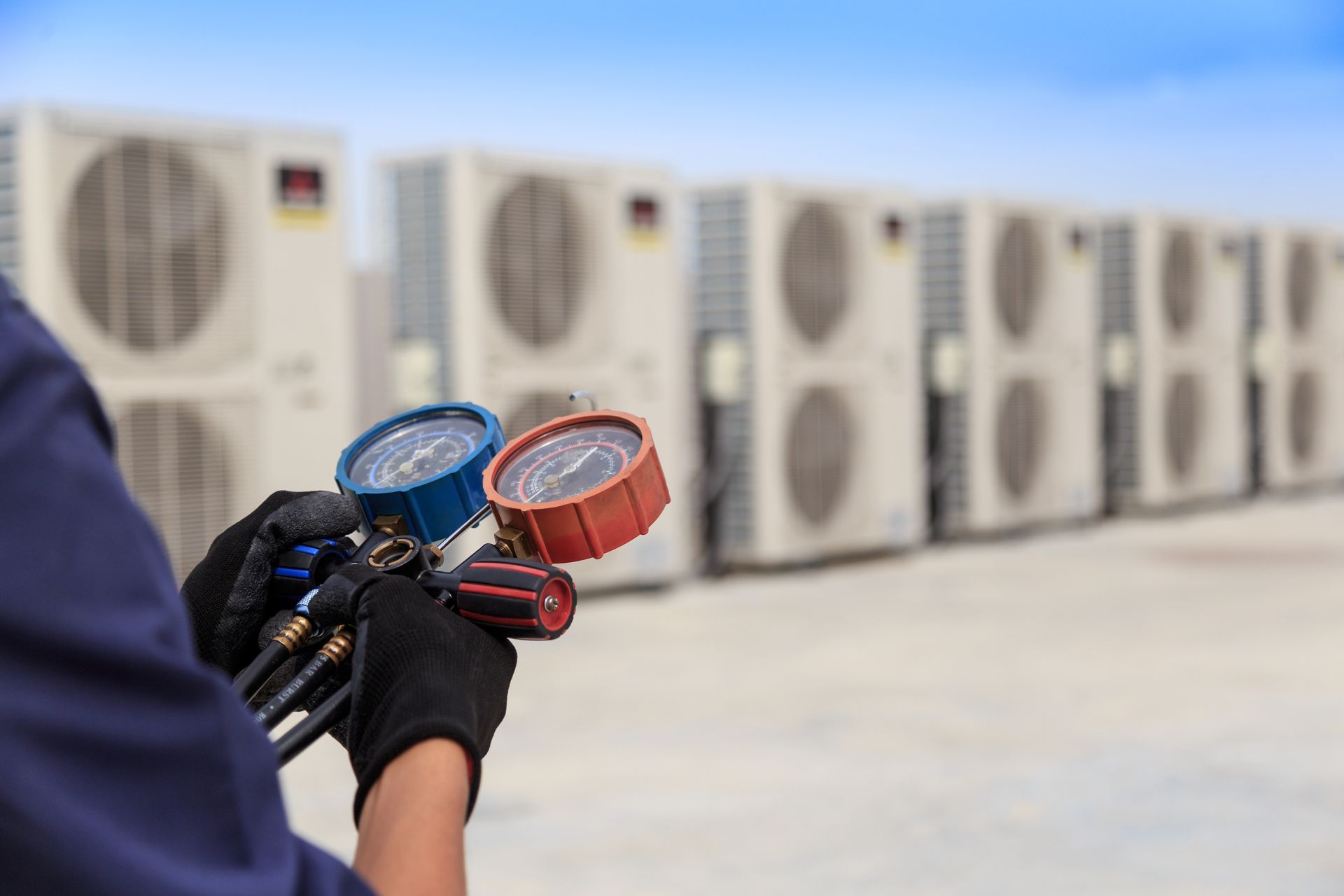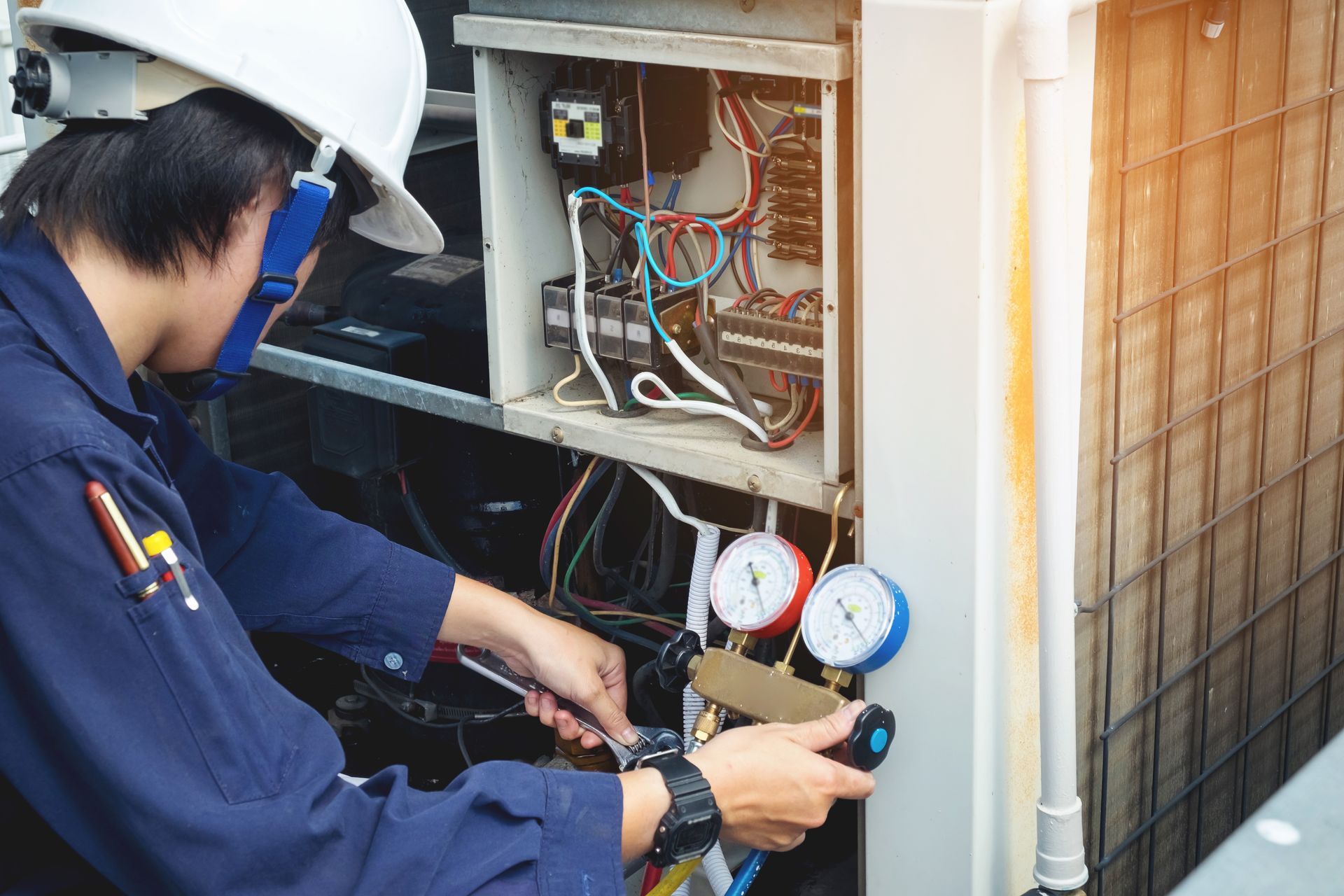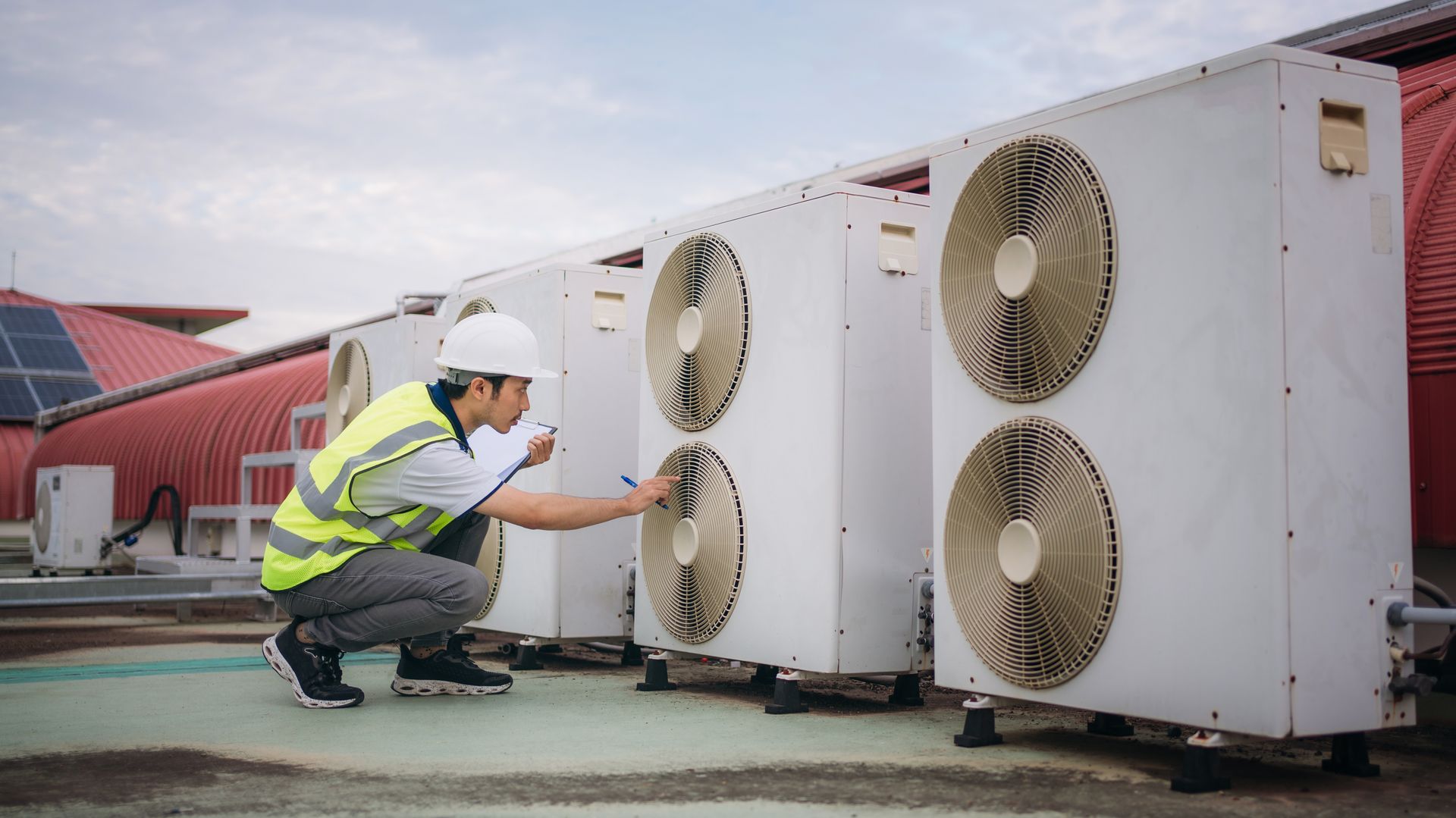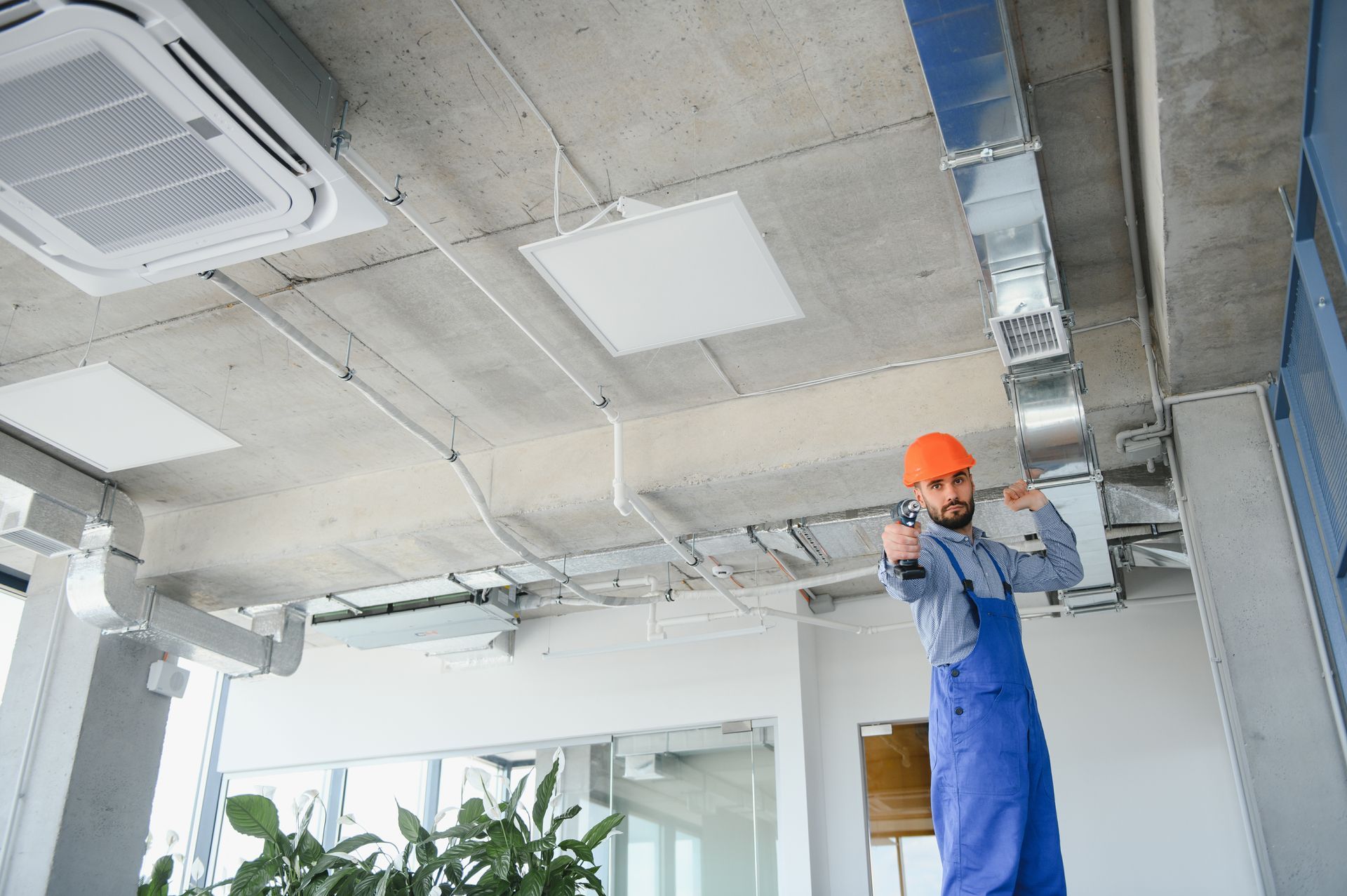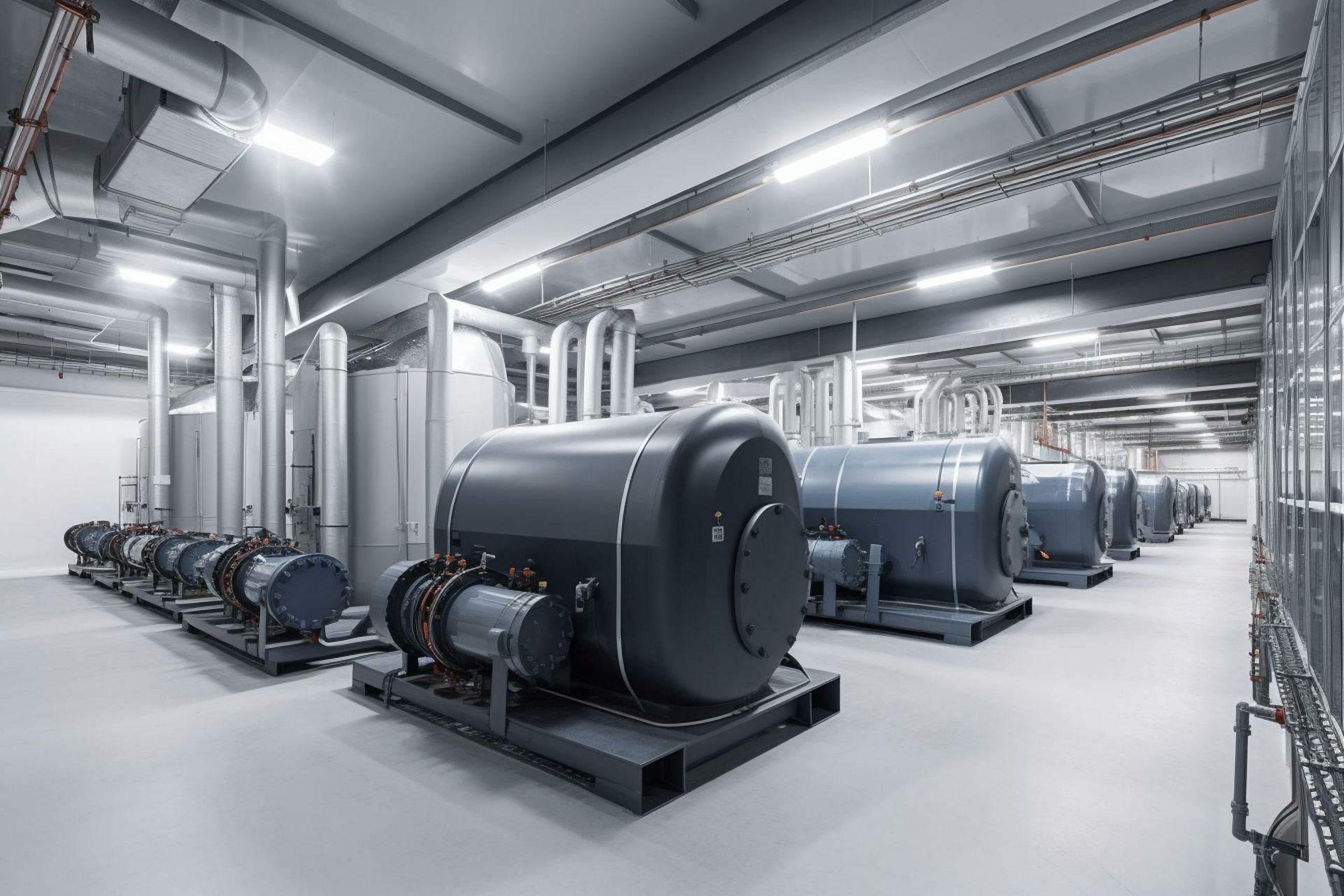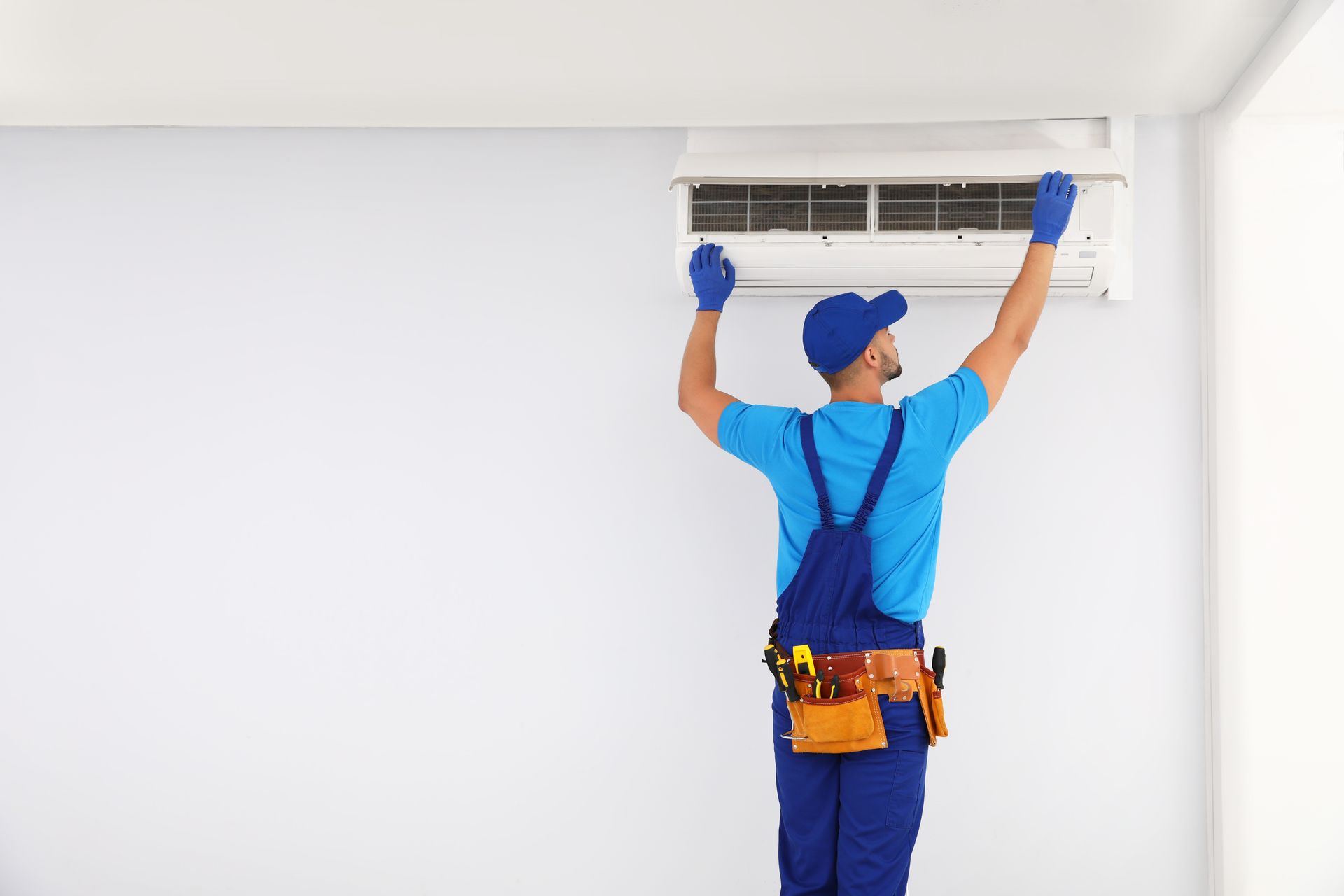The Benefits of Demand Controlled Ventilation Systems in Commercial Buildings
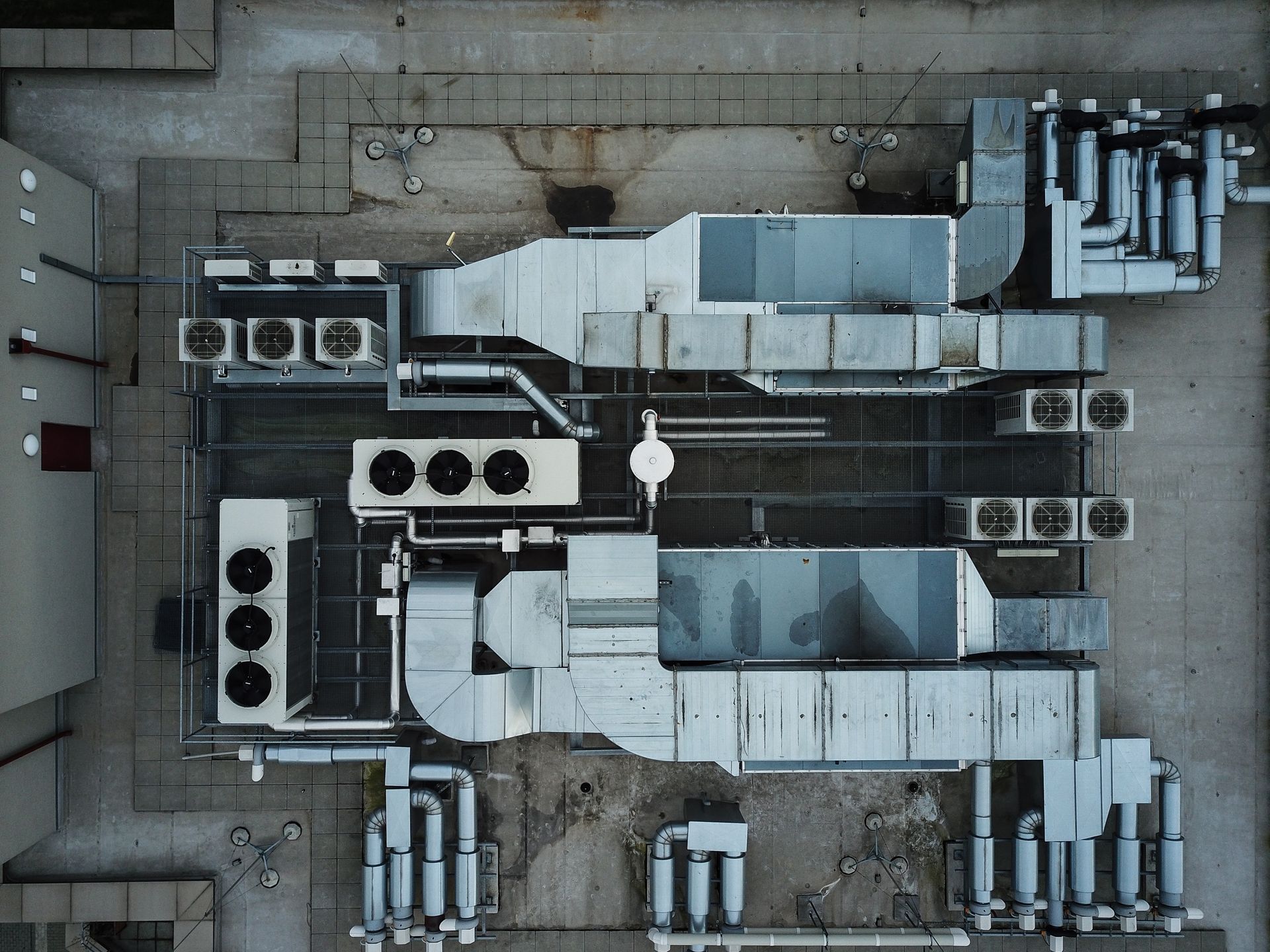
Among the innovative approaches to ventilation in commercial buildings, Demand Controlled Ventilation (DCV) systems are rapidly gaining popularity. By adapting to the needs of the building in real-time, these systems offer remarkable benefits in terms of energy efficiency, air quality, and cost savings.
Understanding Demand Controlled Ventilation
A Demand Controlled Ventilation system adjusts ventilation rates based on the occupancy level of a space. Traditional ventilation systems operate at a constant level regardless of how many people are present in a building, which often leads to unnecessary energy use. On the other hand, a DCV system uses sensors to monitor the concentration of carbon dioxide (CO2) in the air - a reliable indicator of human presence. When more people are in the building, the system increases ventilation; when fewer people are present, it decreases ventilation.
Energy Efficiency and Cost Savings
By reducing unnecessary ventilation, DCV systems can lead to significant energy savings. Less ventilation means less heated or cooled air being exhausted out of the building, and less fresh air needing to be conditioned to match the building's temperature. This reduced load on the heating and cooling system can translate to lower energy bills.
Improved Indoor Air Quality
While saving energy is a key advantage, DCV systems also play a pivotal role in maintaining indoor air quality. By increasing ventilation rates when occupancy levels are high, these systems help to reduce the concentration of CO2 and other indoor pollutants, contributing to a healthier and more comfortable environment.
Leveraging HVAC Professionals
Incorporating a DCV system into your commercial building involves a careful evaluation of your space and ventilation needs, and a thorough understanding of the technology. Here's where HVAC professionals come into the picture:
Expertise: HVAC professionals are well-versed in the latest ventilation technologies and can guide you in choosing the best system for your building.
Installation: The correct installation of sensors and controls is crucial to the effective operation of a DCV system. HVAC professionals have the skills and experience to ensure a successful installation.
Maintenance: Regular maintenance is key to ensuring the longevity and efficiency of your DCV system. A professional can provide scheduled maintenance and address any issues before they escalate.
Dangers of DIY
Ventilation systems, particularly sophisticated ones like DCV, should not be a DIY project. The risks include:
Faulty Installation: Without the right knowledge and experience, you could end up with poorly installed sensors or controls, compromising the performance of your DCV system.
Health Risks: Improper ventilation can lead to poor indoor air quality, which can have serious health implications.
Costly Repairs: Mistakes made during installation may result in damages that could be costly to repair.
In summary, Demand Controlled Ventilation offers an efficient, intelligent approach to managing the air quality in commercial buildings. By adjusting to the real-time needs of your building, it ensures energy is used wisely, costs are kept down, and your building's occupants can enjoy a comfortable, healthy environment.
Considering a DCV system for your commercial building? Get in touch with our team of experts. We can assess your building's ventilation needs, provide professional advice, and ensure a seamless installation process. Visit our 'Contact' page to learn more and get started on your path to improved ventilation today!
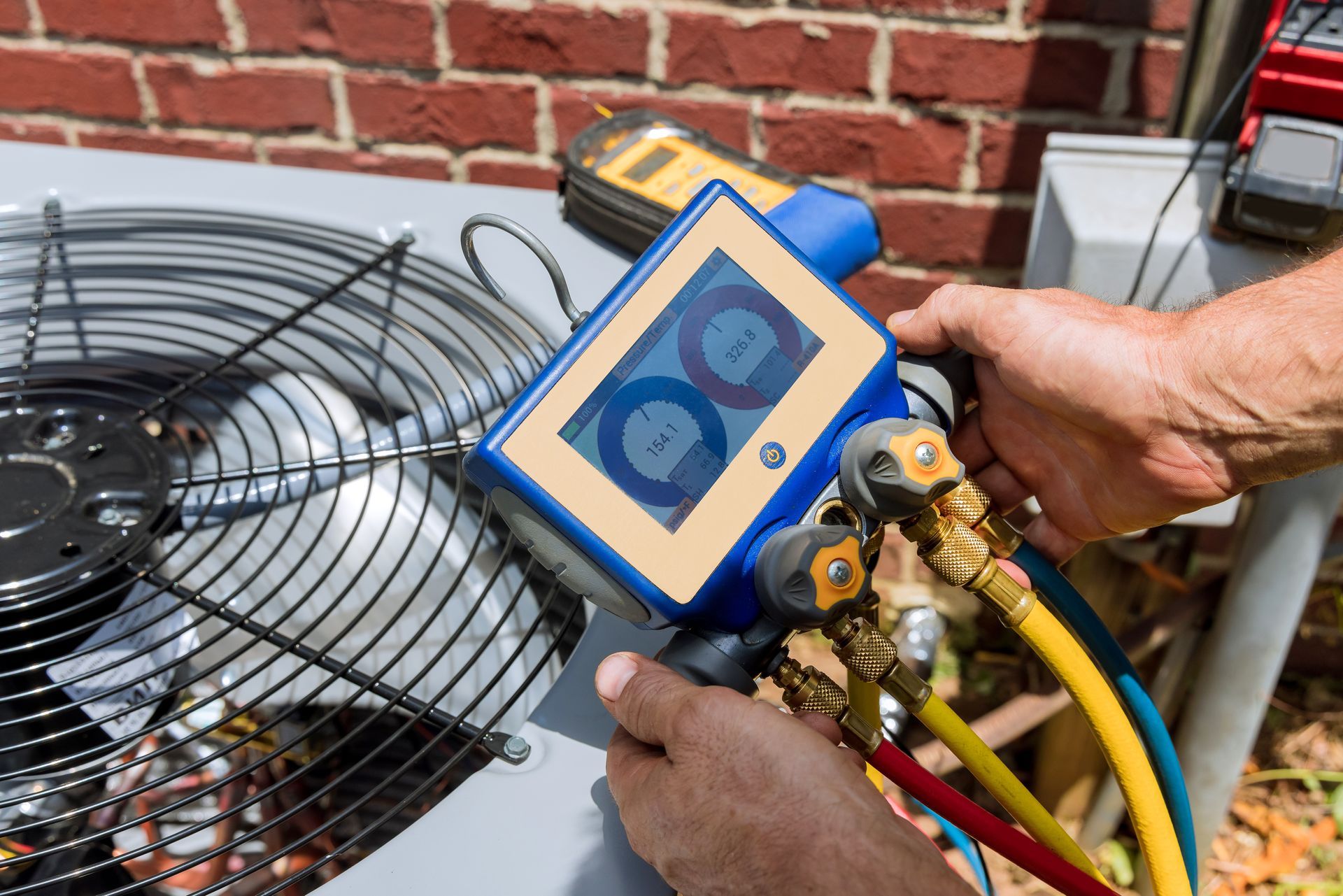
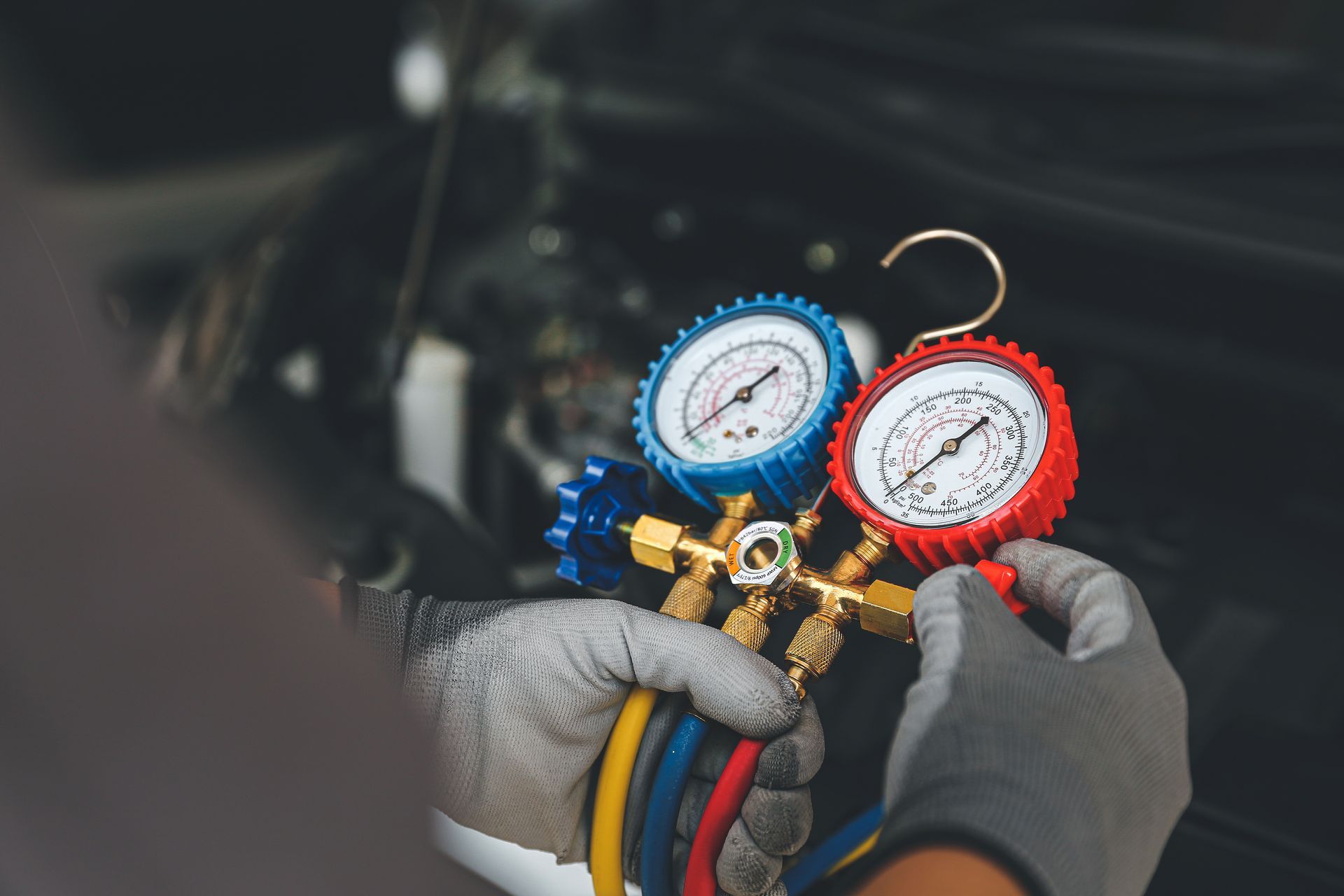
Best HVAC Service Packages in the D.C. Area
Joining an HVAC company VIP club can provide several benefits to homeowners, including peace of mind, cost savings and personalized service.
